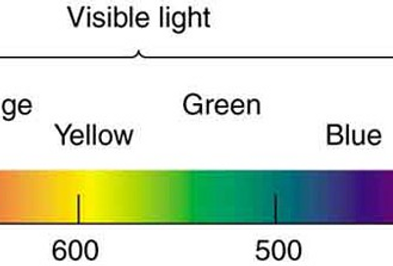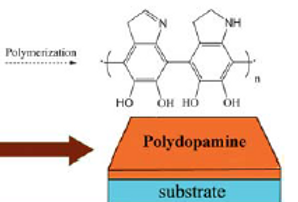
2014 Fall Senior Design
Existing Solution and Design Alternatives
1. Existing Solution
Methods to both detect and locate leaks in the lung after thoracic surgery are not many. As stated in the project scope, the purpose of the potential solution will be to both detect and locate leaks during the thoracic surgery. There are many methods used by physicians to detect leaks post-operatively, but there are few methods available to both detect and locate a leak in lung tissue during surgery. Systems that detect leaks solely or that detect leaks post-operatively are considered in the Patent and Literature search area below.
Saline Bath and Lung Ventilation
Currently, the most widely used method of detecting and locating leaks involves filling the chest cavity with sterile saline and ventilate the remaining lung tissue. The lungs will be inflated at a pressure of 30 mmHg for around 30 seconds. While ventilating the lungs, the surgeon will look for bubbles along the stapled area of the lung tissue. If bubbles form in the saline, the surgeon knows that a leak is present. After the physician is done checking for and repairing any leaks, the saline is drained from the chest cavity. This method works relatively well in non-VATS procedures, but it has its limitations. Depending on the location of the leak, it is still difficult to pinpoint the exact site of the leak. Additionally, this method doesn’t work well in VATS procedures. In VATS, unlike in the traditional method, only small incision sites are created and the visual field is limited. After the chest cavity is filled with sterile saline and the lung is ventilated, the visual field is decreased so significantly that spotting any bubbles is quite difficult

Optical Oxygen Sensing Method
This alternative idea is based on the luminescent quenching phenomena by oxygen. This occurs when the excited state energy of a luminophore is transferred to oxygen instead of being emitted as a luminescent photon.
The components involved in this method include a luminescent indicator, an excitation source, and an emission detector. This method will use the intensity-based oxygen sensing technique.
The light-emitting diode (LED) was chosen to be the excitation light source. Molecules from two groups of oxygen-sensitive compounds were selected as candidate indicators for our project: two from the ruthenium-based molecules and two from the metallo-porphyrin-type molecules.

Dopamine-Derived Polymer
When induced by an oxidant, dopamine in aqueous solution can form a thin film of Polydopamine (PDA) on various surfaces. PDA is a material widely used in persistent material coating. It is recognized as a degradable material with low cytotocxicity, yet also expresses behavior as an organocatalyst in aldol reactions. Studies have shown that the level of PDA formation depends on oxygen concentration. Different levels of oxygen can affect PDA formation.

Modified Colorimetric CO2 Detector System
This idea is based on detecting carbon dioxide that is introduced into the lung by the anesthesiologist during the lung resection surgery. The Modified Colorimetric CO2 Detector System proposes using the indicator material used in Colorimetric CO2 detectors directly on the lung tissue to detect CO2 in the air used to ventilate the lung during resection cases.

Ultrasound Detecting Method
I'm a paragraph. Click here to add your own text and edit me. It’s easy. Just click “Edit Text” or double click me to add your own content and make changes to the font. Feel free to drag and drop me anywhere you like on your page. I’m a great place for you to tell a story and let your users know a little more about you.
This is a great space to write long text about your company and your services. You can use this space to go into a little more detail about your company. Talk about your team and what services you provide. Tell your visitors the story of how you came up with the idea for your business and what makes you different from your competitors. Make your company stand out and show your visitors who you are. Tip: Add your own image by double clicking the image and clicking Change Image.

Sevoflurane Detection Method
I'm a paragraph. Click here to add your own text and edit me. It’s easy. Just click “Edit Text” or double click me to add your own content and make changes to the font. Feel free to drag and drop me anywhere you like on your page. I’m a great place for you to tell a story and let your users know a little more about you.
This is a great space to write long text about your company and your services. You can use this space to go into a little more detail about your company. Talk about your team and what services you provide. Tell your visitors the story of how you came up with the idea for your business and what makes you different from your competitors. Make your company stand out and show your visitors who you are. Tip: Add your own image by double clicking the image and clicking Change Image.

Isotopic O-18 Detection Method
I'm a paragraph. Click here to add your own text and edit me. It’s easy. Just click “Edit Text” or double click me to add your own content and make changes to the font. Feel free to drag and drop me anywhere you like on your page. I’m a great place for you to tell a story and let your users know a little more about you.
This is a great space to write long text about your company and your services. You can use this space to go into a little more detail about your company. Talk about your team and what services you provide. Tell your visitors the story of how you came up with the idea for your business and what makes you different from your competitors. Make your company stand out and show your visitors who you are. Tip: Add your own image by double clicking the image and clicking Change Image.